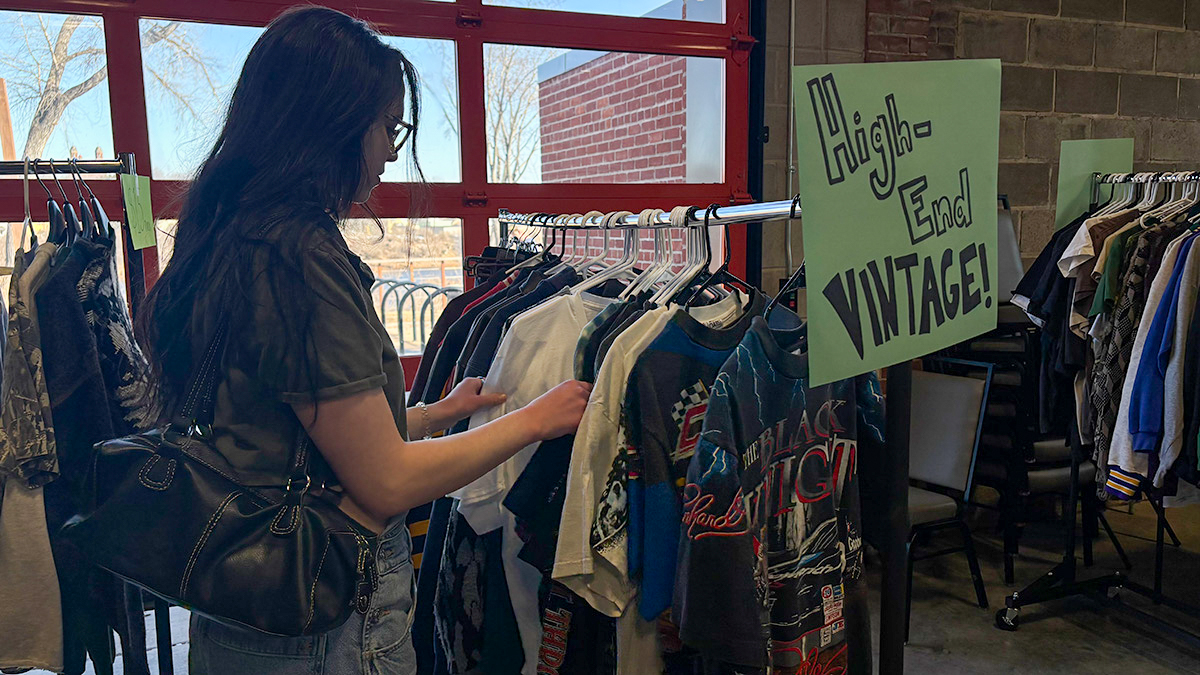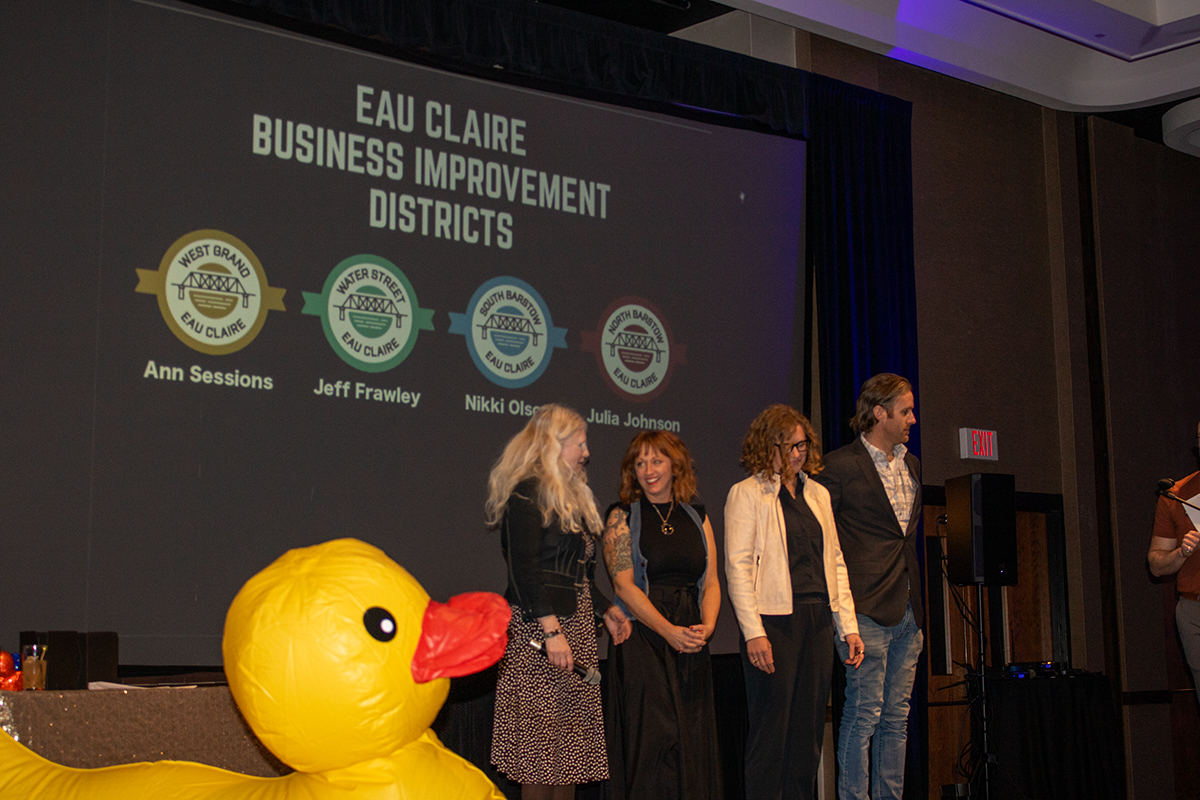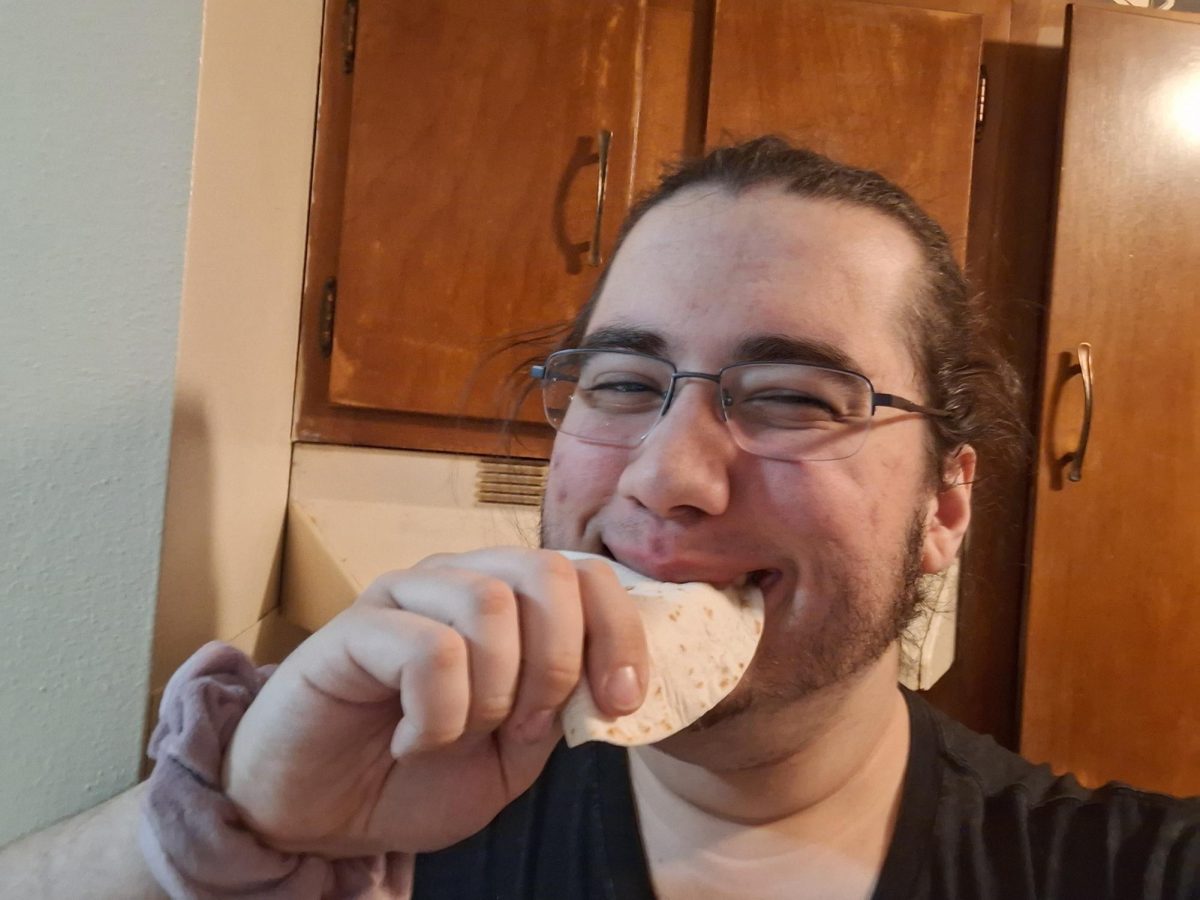In the weekend edition of Reel Love, I review a popular movie I have never seen. This week: “Forrest Gump.”
I must confess: over the last several years, I have stumbled into watching more scenes from “Forrest Gump” than from any other film on this “I can’t believe I haven’t seen … ” list. One afternoon when I was about seven or eight years old, I remember playing with Legos on the floor while my dad watched “Forrest Gump.” That is, until my mom came home (probably during some war scene) and instantly turned off the TV. Flabbergasted, she asked my dad, “How could you let her watch this?”
But my young self was thinking the same thing, because I walked away from that screening with one image and one image alone branded into my mind: an image of Bubba’s bloody hand resting on his chest that Forrest uncovers in the jungles of Vietnam. I thought that all of his fingernails had been torn off; I thought that’s why he was dying. Somehow, that made sense to me, and for several weeks – no, make that years – I couldn’t shake the feeling of having my nails ripped out one-by-one.
So as you can imagine, I became terribly nervous leading up to the inevitable reveal when Forrest brushes large debris off of Bubba to reveal his bloody and declawed hands. But it turns out I had been completely wrong. The blood on his hands was due to a different problem, a much more deadly problem: he had been shot. He had been shot and that’s why he was going to die. I had spent years of my life horrified by a single image, only to realize that I had completely and utterly missed the point.
But that seems only appropriate in a movie about a character whose secret to happiness in life seems to be “missing the point,” because that’s really what this movie is about: a man who manages to bumble his way into a successful life. In any other movie, this story of money and wealth would have probably led to misery and corruption. But it’s the ability (or inability?) of the central character to completely miss the point that preserves him.
It’s also this innocence (or ignorance?) that somehow makes this movie enjoyable. While watching “Gump,” I had the distinct impression that with any other protagonist, I would have hated this movie.
When I told my boyfriend that I’d be watching “Forrest Gump,” he surprised me by saying that it was one of his favorite movies.
“How do you feel about Tom Hanks?” he asked me during the opening credits.
“Oh, I like him. He’s pretty good,” I said.
“Well, if you like him now, you’re going to love him after this movie is done.”
I was skeptical, to say the least. It took me a long time to warm up to Forrest, but that was probably because for the first part of the movie, I was watching Tom Hanks with a drawl, and not Forrest Gump. But somewhere between Vietnam and meeting President Johnson, I was watching Forrest and Forrest alone. For me, this is what saves the movie. The script is pretentious and indulgent, but the character is just so innocent that you can’t help rooting for him.
I don’t want to give away too many spoilers, just in case I am not the last person to see this movie, but there is a final scene that features Forrest having a heart-wrenching conversation to a character off-camera. For minutes, it is just him and the audience.
In any other movie, it would have been a cliché and tedious scene. I would have looked awkwardly at the clock. I would have speculated about the possible methods the actor had used to make himself cry. But amazingly, this wasn’t so. By the end of this film, I had accepted that, as the movie’s cover suggests, Tom Hanks IS Forrest Gump.
NEXT ON REEL LOVE: Check out the print edition for my review of the mockumentary “Big Man Japan.”







